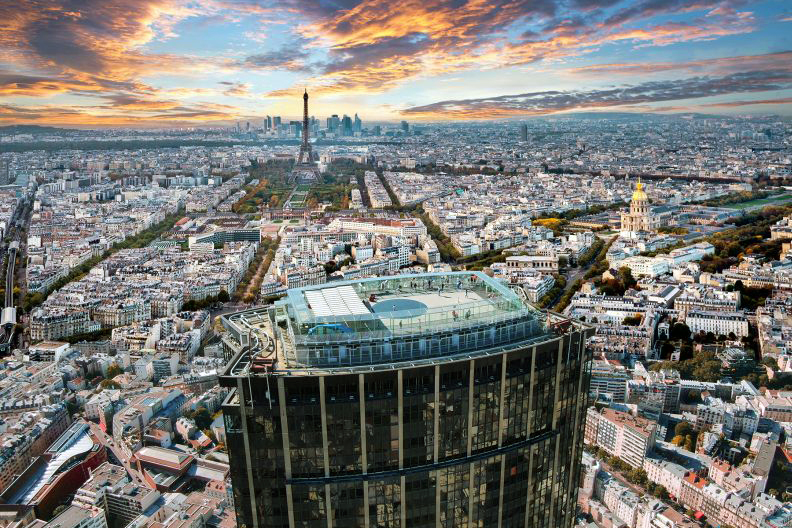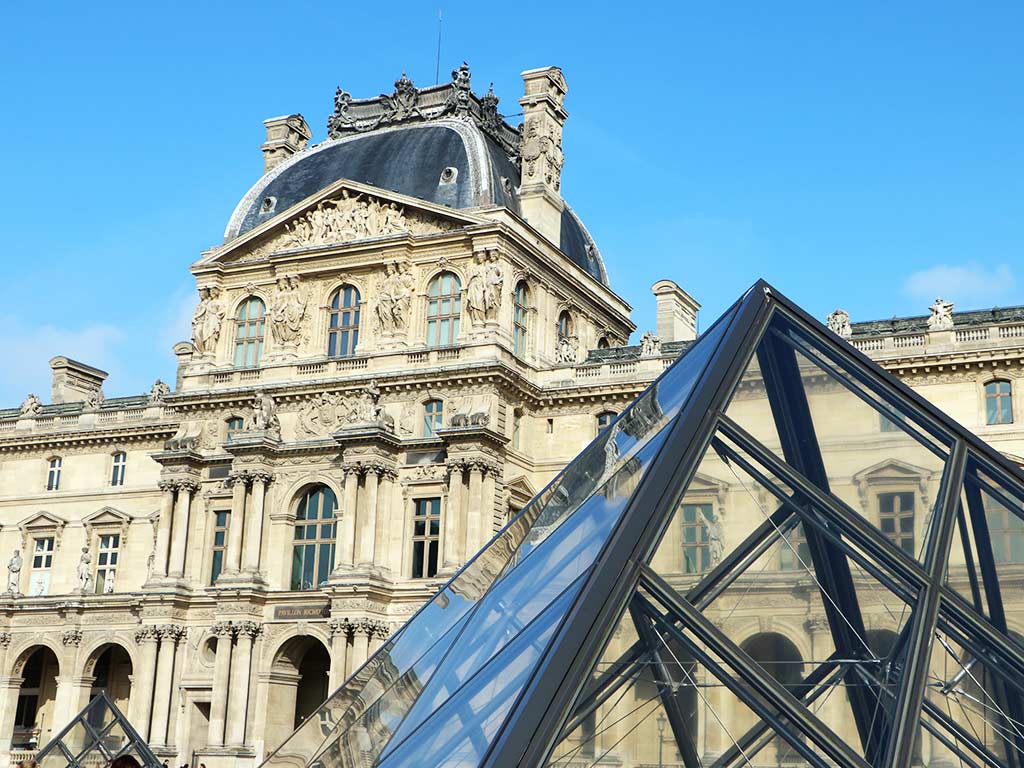Paris Opéra Garnier: Entry Ticket + Self-Guided Tour
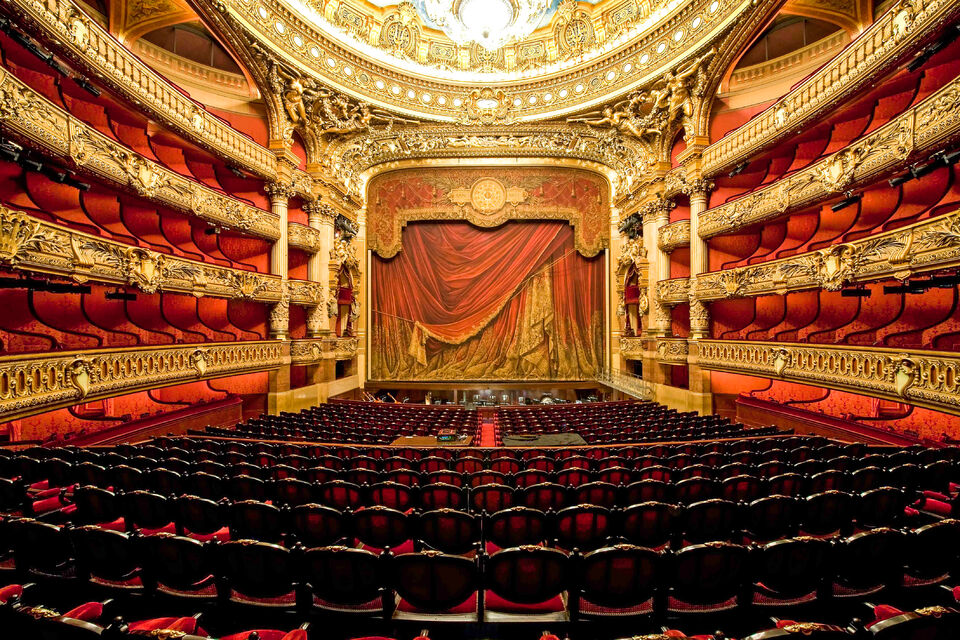
Explore the famous 'Opera Garnier de Paris'. Admire the largest opera house in Europe & see where the 'Phantom of the Opera' came to life.
About This Activity
- FREE cancellation: Possibility to cancel until 23:59 the day before you visit.
- Last admission: 45 minutes before closing
- Mobile ticketing: Smartphone tickets accepted
- Valid 1 day: Check availability to see starting times.
- Wheelchair accessible
Highlights
- Make like the Phantom and scour the place that inspired Gaston Leroux's, The Phantom of the Opera, on your own
- Uncover hidden nooks and crannies, see temporary exhibitions, and admire the sweeping Grand Staircase
- Marvel at the intricate beauty of the shining interior designs and the golden Grand Foyer
- Climb the double stairway of the Grand Escalier and marvel at the splendid paintings and sculptures
- Walk in the Grand Foyer and discover why Opera Garnier is considered as the most beautiful Opera in the world
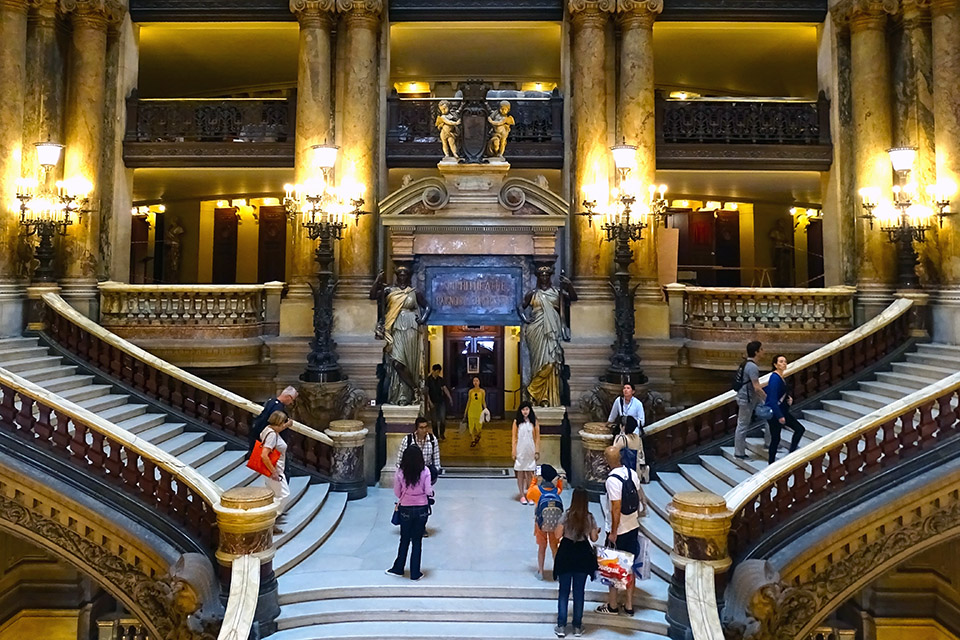

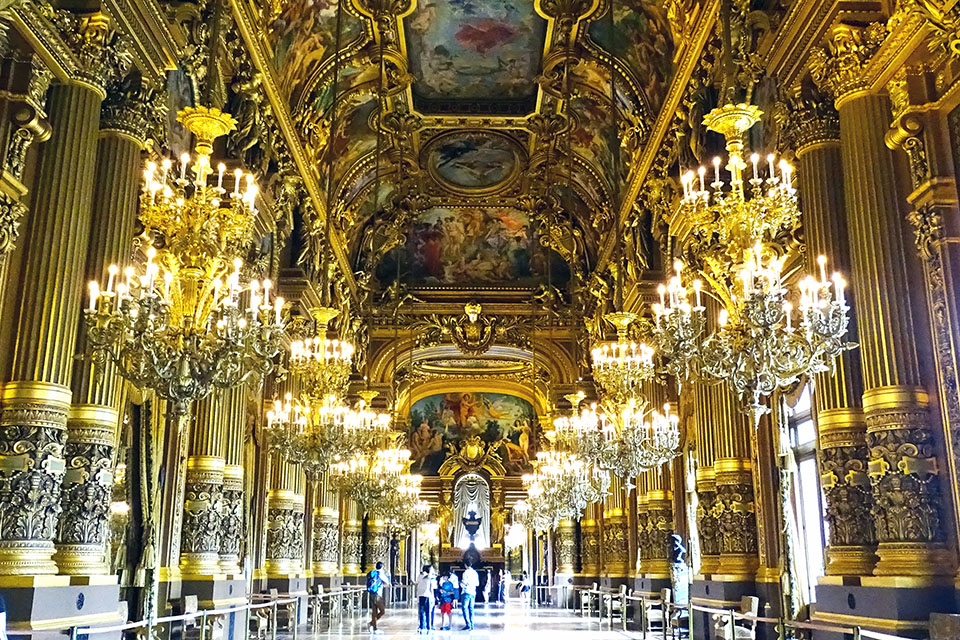
FULL DESCRIPTION
Opéra Garnier de Paris (or Palais Garnier) is a Parisian icon. For locals, this opulent opera and ballet house is as much a part of the cultural fabric of the city as Notre Dame, the Louvre, or the Eiffel Tower. To everyone else, it’s the setting for The Phantom of the Opera. Perhaps the most beautiful opera house in the world, Opéra Garnier is full of history. Take a self-guided tour of the home of the music (of the night).
A marble imperial staircase to a Grand Foyer, make like the aristocratic guests of yesteryear and explore Opéra Garnier at your own leisure! Ch... Read more
Opéra Garnier de Paris (or Palais Garnier) is a Parisian icon. For locals, this opulent opera and ballet house is as much a part of the cultural fabric of the city as Notre Dame, the Louvre, or the Eiffel Tower. To everyone else, it’s the setting for The Phantom of the Opera. Perhaps the most beautiful opera house in the world, Opéra Garnier is full of history. Take a self-guided tour of the home of the music (of the night).
A marble imperial staircase to a Grand Foyer, make like the aristocratic guests of yesteryear and explore Opéra Garnier at your own leisure! Charles Garnier designed the opera house for Emperor Napoleon III, but construction was held up by unusually high groundwater levels. As a solution, a series of cisterns were built to redistribute the water. This gave way to speculations of an eerie subterranean lake under Opéra Garnier. Tourists aren’t allowed into the waterways of the Phantom’s lair, but considering how it turned out in Leroux’s novel, maybe that’s for the best.
However, there are still many nooks and crannies to explore in one of the world’s largest opera houses. Be impressed by the facade with its rose-marble columns, baroque statues, and intricately carved friezes. Pop into a temporary exhibition to make the most out of your visit!
Including
- Entrance to the Palais Garnier
- Access to the temporary exhibitions
Know Before You Go
- Please take the entrance at the corner of Rue Scribe and Rue Auber, 75009 Paris
- Show your smartphone ticket at the entrance, after the security check
- Tickets include access to the self-guided tour and to all temporary exhibitions (if available)
- Rescheduling is not possible for this ticket
Availability
Frequently Asked Questions
What is the Paris Opera Garnier? The Paris Opera Garnier, also known as the Palais Garnier, is a 19th-century opera house in Paris, France. It is known for its grand architecture and serves as a major venue for opera and ballet performances.
When was the Paris Opera Garnier built? The construction of the Paris Opera Garnier began in 1861 and was completed in 1875. It was designed by the architect Charles Garnier.
Where is the Paris Opera Garnier located? The Paris Opera Garnier is located in the 9th arrondissement of Paris, at the intersection of Boulevard des Capucines and Rue Auber.
What types of performances are held at the Paris Opera Garnier? The Paris Opera Garnier hosts a variety of performances, including operas, ballets, and concerts. It is one of the main venues for the Paris National Opera.
How can I buy tickets for a performance at the Paris Opera Garnier? Tickets can be purchased online through the official Paris Opera website, at the box office, or through authorized ticket sellers. It is advisable to book in advance, especially for popular performances.
What is the dress code for attending a performance at the Paris Opera Garnier? While there is no strict dress code, it is customary to dress smartly for performances, especially for evening shows. Many attendees opt for business casual or formal attire.
Who designed the Paris Opera Garnier? The Paris Opera Garnier was designed by the French architect Charles Garnier. His design was selected through a competition held by Emperor Napoleon III.
What are some notable architectural features of the Paris Opera Garnier? Notable features include the Grand Staircase, the Grand Foyer, the auditorium’s Chagall ceiling, the facade with its statues and columns, and the opulent use of marble and gold leaf throughout the building.
Is the Paris Opera Garnier the setting for “The Phantom of the Opera”? Yes, the Paris Opera Garnier is famously the setting for Gaston Leroux’s novel “The Phantom of the Opera,” which has been adapted into numerous films and a popular musical by Andrew Lloyd Webber.
Is the Paris Opera Garnier accessible to people with disabilities? The Paris Opera Garnier has made efforts to improve accessibility, including wheelchair access and services for visitors with reduced mobility. It is recommended to contact the opera house in advance to ensure all necessary arrangements are made.
Can I take photographs inside the Paris Opera Garnier? Photography is generally allowed during tours, but it is prohibited during performances to avoid disturbing the audience and performers.
FEATURED REVIEW(S)
4.6/5 stars – based on 2801 reviews
There was a separate and much shorter queue for people with tickets. We joined that and didn’t have to wait long at all. We really enjoyed our visit.
Brigitte – Germany
Fantastic to be able to wander around such a magnificent building. I regret not getting the audio to listen as we viewed the building.
Amanda – Ireland
Was an absolutely amazing experience it was absolutely breathtaking and wish I could of been able to go into box 3 or the basement areas/ backstage that would of been cool but overall i experienced the inner theater girl in me while humming masquerade while going down those gorgeous stairs
Peyton – United States
You Might Also Like
Montparnasse Tower Observatory Deck: Entry ticket + Rooftop Access
The Montparnasse Tower Observation deck features an eye-boggling Parisian panorama on two viewing levels: the 56th floor and the open-air panoramic terrace. With this ticket you will still… read more
TOOTbus Paris: Eco-Friendly Hop-on Hop-off Bus Tour
Experience the best of Paris in just one, two or three days with this hop-on hop-off bus tour provided by TOOTbus! The 100% clean buses provide a comfortable… read more
Louvre Museum Paris: Priority Entry Ticket + 3hr Guided Tour
There are museums, and then there’s the Louvre. With over 35,000 items on display at any given time, the Louvre’s collection of Renaissance masterpieces, ancient artifacts, and Neoclassical… read more

